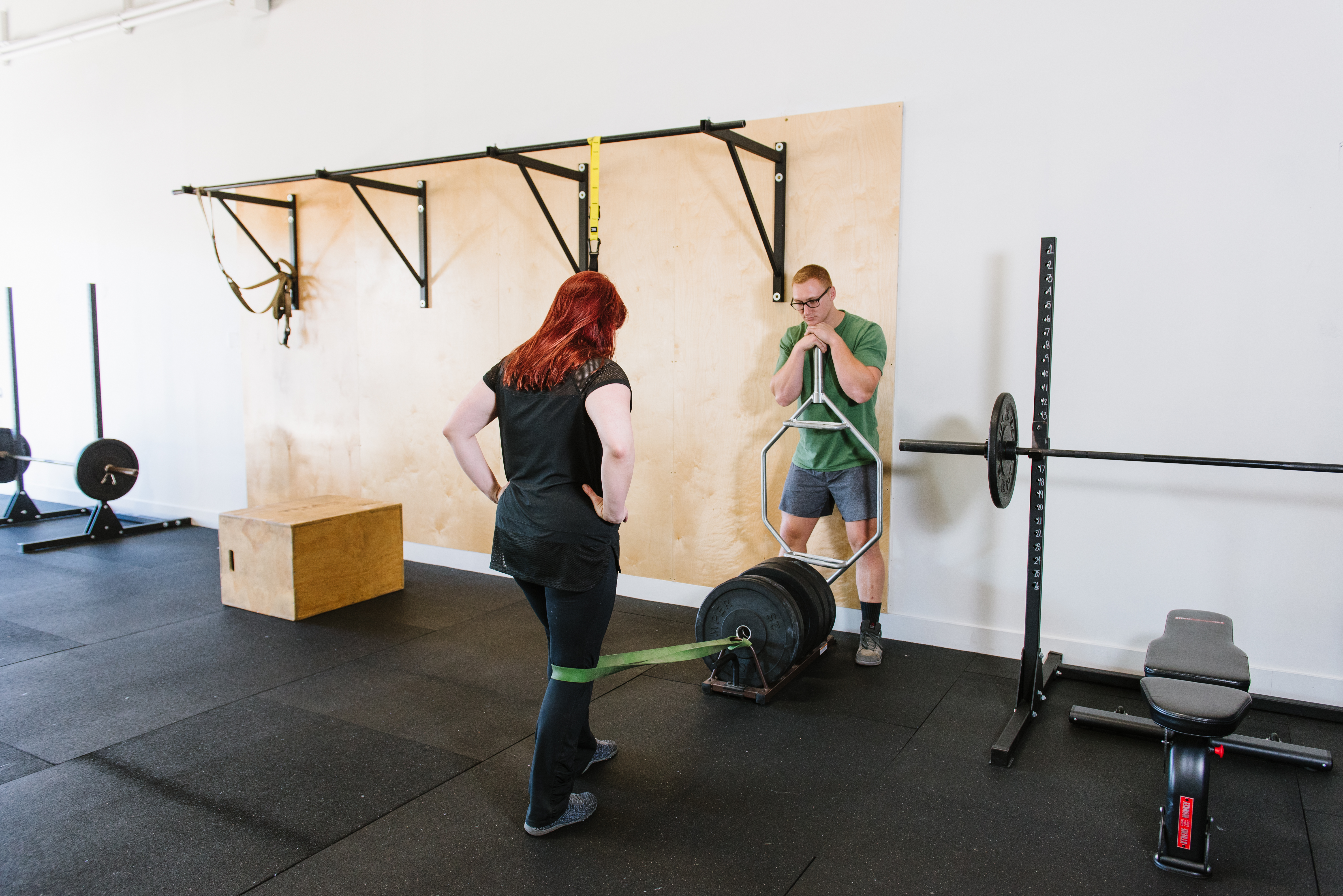Hinges, knobs, handles, screws, nuts, and bolts are instruments used throughout our daily lives. We see them as we open doors to our homes and cars. Metal hinges held on by screws attaching doors to planks of wood ensure a door operates efficiently. Handles attached to our kitchen utensil drawers are fastened by screws. The gliding mechanism of those drawers slide in and out on tracks that hold wooden drawers to them. These objects are able to function with the exclusive ability to hold something in one place while another part of the object moves. The revolutionary invention of this hardware is responsible to our success as a race. Just like us, these pieces of hardware have an age. Similar to the anatomical joints of the human body, the longer these instruments exist in this world and the more frequently they are used, the sooner they will deteriorate.
Ball-and-socket, hinge, saddle, these are just a few names of the classifications of joints responsible for the elaborate movements of our body. You’ll see these types of joints in our neck, spine, shoulder, elbows, wrists, fingers, hips, knees, ankles, and toes. They are responsible for attaching bones to each other and allowing them to move dependent of one another in various planes of motions. These joints are masterfully engineered features to our physical abilities. However, our joints are at risk if they are left unattended. Similar to an old beat-up door you might find at a dodgy gas station, requiring a shoulder check from an NHL player in order to jolt the door open, our joints can resemble an old, dilapidated structure like the gas station door as well, if neglected.
Our personal training clients seek our services to design custom exercise prescriptions with many goals in mind. A common goal is to increase strength and decrease pain throughout important parts of the body affected by previous injuries or surgeries. Joint pain symptoms such as arthritis, limited range of motion, and sensitive post-surgical areas aren’t uncommon reports. It’s true that exercise helps with joint pain. Look at what physical therapists have us do after a physician prescribed set of physical therapy sessions. Usually, a physical therapist will treat the site of injury with three to four small exercises to the affected area along with the application of e-stim, ultrasound, and heat and ice therapy. Physical therapy sessions can go until insurance hours are up or the area of injury demonstrates it is healing enough to return to normal physical activity. Usually, following a month of physical therapy, we can return to everyday life with lower pain than what was imposed by the initial mechanism of injury.
If you have an injury bad enough it causes a visit to the physical therapist, chances are that pain is going to come back and send a reminder to not overdo it. These injured sites might be asking for additional attention from you anywhere from a year to five years down the line. The physical therapist administers exercises to be done for the longevity of our lives to decrease the likelihood of an injury to come back and haunt us in the future. These physical therapist prescribed exercises aren’t just homework that needs to be done for the week after therapy is concluded. These are meant to be implemented regularly for the rest of our lives. Granted, there are uncontrollable circumstances contributing to exacerbating an injury. However, performing 10 sets of injury prevention exercises or applying ice to an area one to two times per week is going to significantly decrease the likelihood of that injury returning to elicitin pain on your life with a vengeance. Plus, it’s not like this physical therapy homework is asking a lot. The physical therapist isn’t asking you to write a paper on quantum physics. They simply request that these maintenance exercises be performed for ten minutes at a time and about two to three times per week.
Keeping our body weight at a manageable number will decrease the toll put on the lower back, hips, knees, and feet. Performing compound lower and upper body resistance training will reinforce joints and keep lubrication consistently flowing around the bones of joints. These are examples of simple maintenance routines that give past injuries a chance to endure the stresses of life. If we spend devote maintenance time to our body, chances are our bones and joints won’t resemble a graffiti covered door to gas station next to a rest stop on I-5.
Injuries present themselves randomly throughout our lives. They hurt, slow us down, and can be depressing. However, we need to offer them attention when parts of body tell us they are in pain. Following the events of a significant injury, the body may never be the same as it once was. Just like maintaining the hinges on our doors and drawers around our house, there is a solution to pains in our body. Pay attention to the joints that might need some refinement and we can live happier, stronger, and healthier lives.
Sean McCawley, the founder and owner of Napa Tenacious Fitness in Napa, CA, welcomes questions and comments. Reach him at 707-287-2727, napatenacious@gmail.com or visit the website napatenaciousfitness.com.

